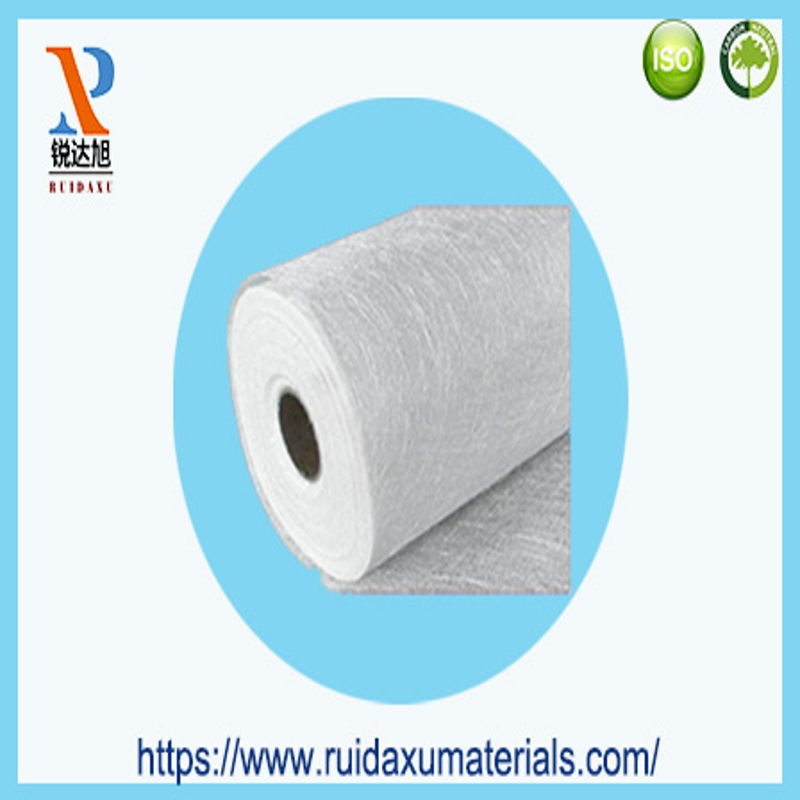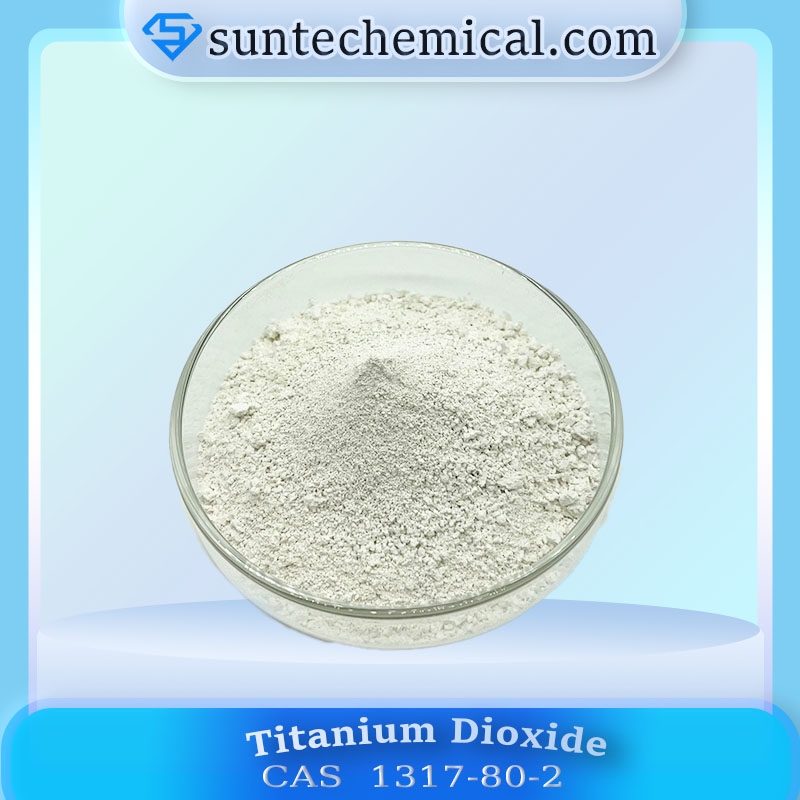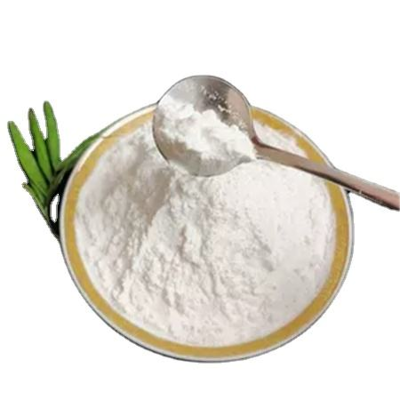-
Categories
-
Pharmaceutical Intermediates
-
Active Pharmaceutical Ingredients
-
Food Additives
- Industrial Coatings
- Agrochemicals
- Dyes and Pigments
- Surfactant
- Flavors and Fragrances
- Chemical Reagents
- Catalyst and Auxiliary
- Natural Products
- Inorganic Chemistry
-
Organic Chemistry
-
Biochemical Engineering
- Analytical Chemistry
-
Cosmetic Ingredient
- Water Treatment Chemical
-
Pharmaceutical Intermediates
Promotion
ECHEMI Mall
Wholesale
Weekly Price
Exhibition
News
-
Trade Service
With the improvement of people's living standards and a high degree of concern for health, the future home decoration and furniture coatings market must be the world of water-based paints.
The promotion of water-based wood coatings is very beneficial to the rational use of resources and the improvement of environmental sanitation.
Today, with increasing attention to coating safety and environmental protection indicators, water-based wood coatings are gradually being accepted by the market because of their low-hazard and low-pollution characteristics.
basic component
- Polymer emulsion or dispersion.
performance
There are many varieties of water-based wood paints.
One-component polyurethane dispersion has good hardness, flexibility, abrasion resistance, adhesion resistance, fullness, etc.
According to the application, it can be divided into: floor paint, furniture paint, decoration paint (door, window cover, wall panel), etc.
Which classification is more appropriate? In the above-mentioned foreign standards, IOS-MAT-0024, EN 927-1: 1996, ENV 927-2: 2000 are classified according to the application of wood paint, ASTM D 2571-95, ASTM 2336 -99 clearly stipulates the purpose of the wood paint of the standard, so the final performance requirements are classified according to the application, regardless of whether polyurethane or acrylic is more appropriate.







